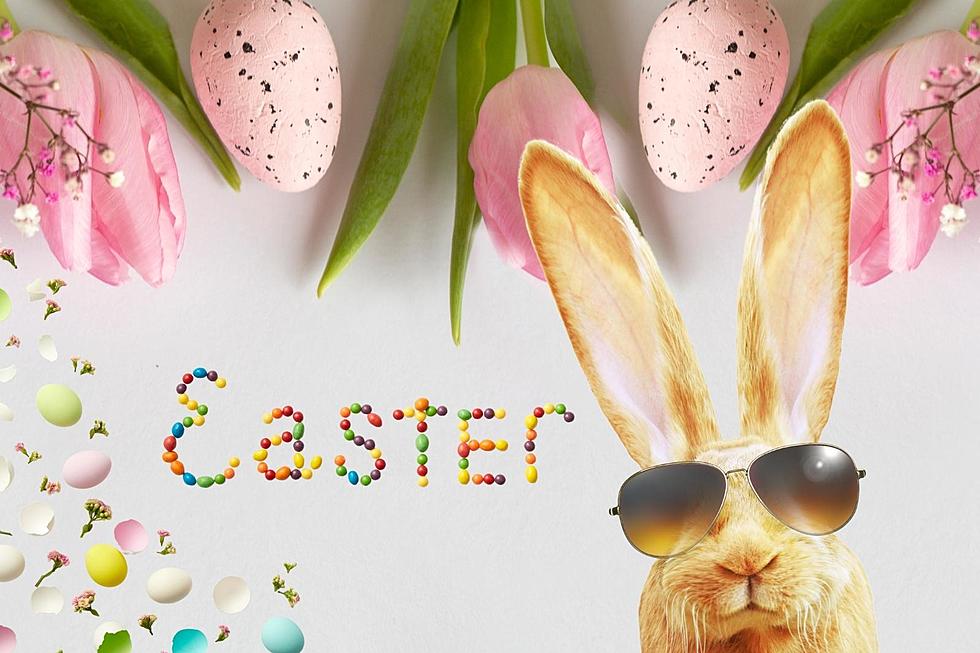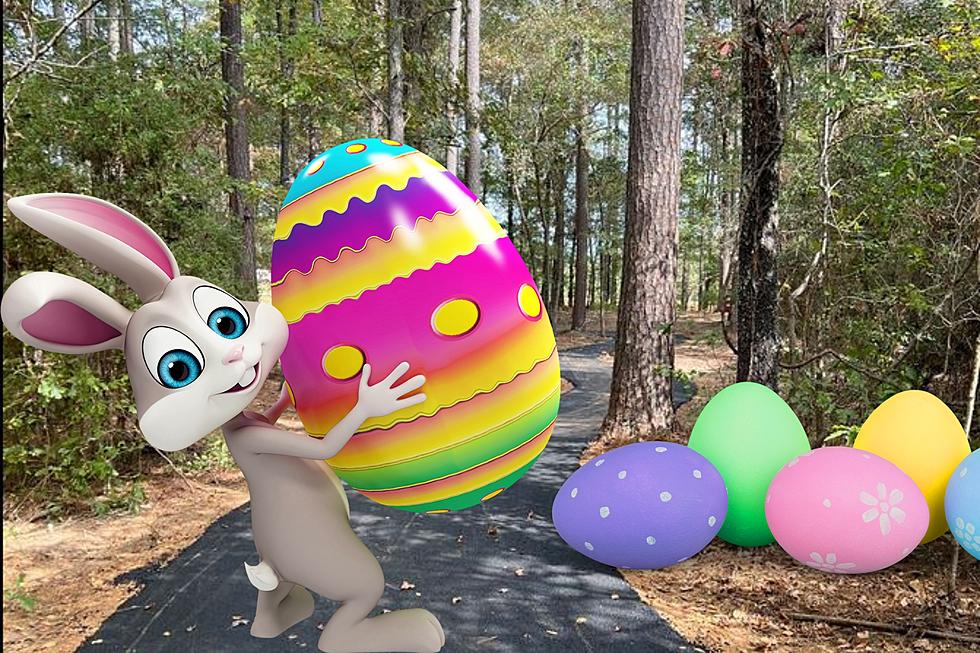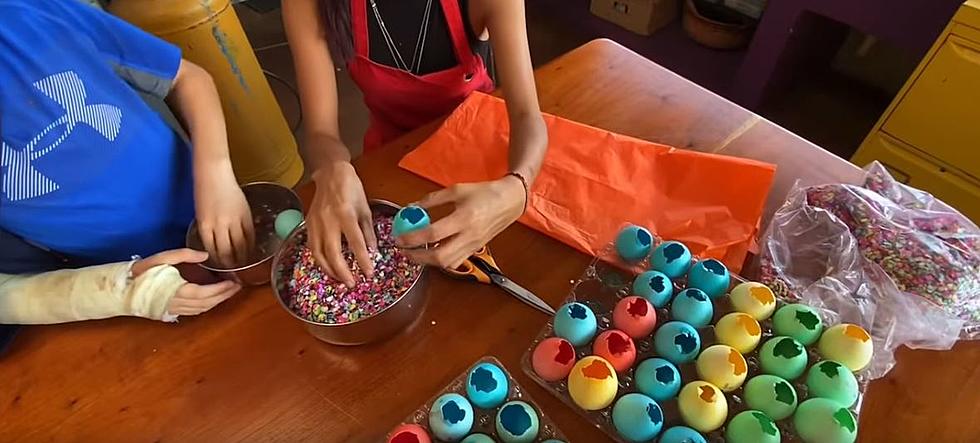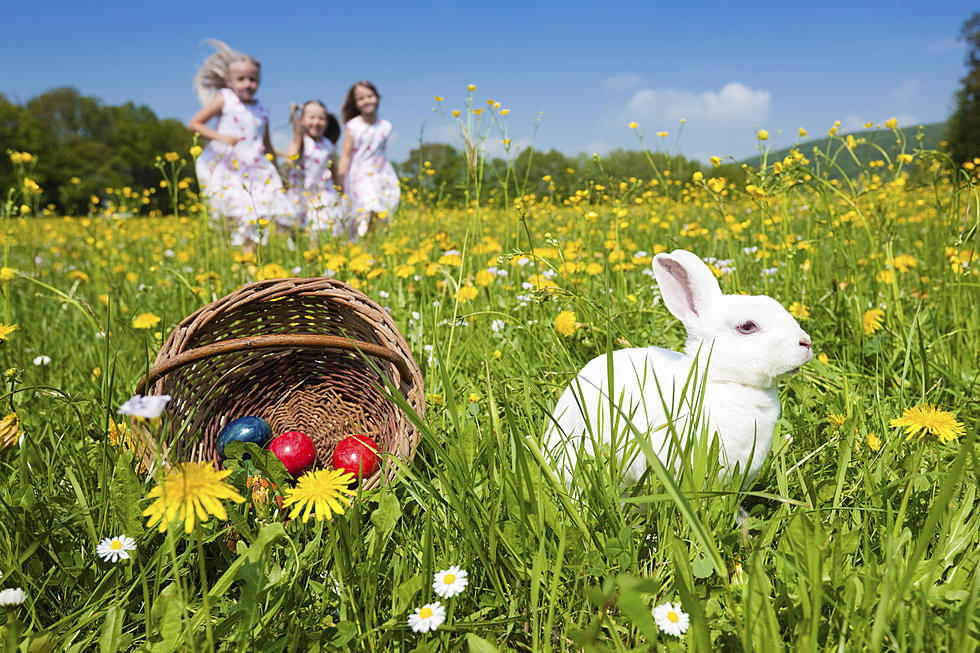
‘Cascarones’ Confetti-Filled Eggs Makes a Fun Easter Celebration
With Easter just about 2 weeks away, I always like to remind everyone about a fun activity you can do with the kids. I'm talking about making confetti-filled Easter eggs best known as Cascarones, a longtime Hispanic tradition that has become a family tradition in many American households today.
The word "Cascarones" is Spanish for eggshell and since the mid-1800s, the Hispanic culture has embraced the celebration. Making cascarones may be a little messy but it's worth the extra time and effort to pull off a funny prank on friends or unsuspecting family members. Once made you can put them in an Easter basket with other colored eggs for a surprise or just wait for the right time to crack one over someone's head and watch the look on their face. However, I don't recommend you do this indoors unless you like cleaning up because the confetti will fly everywhere. Of course, if you're just too lazy to make them, some stores have them already-made. But for me, that just takes the fun out because you can fill them with as much confetti as you want or less. Besides, it helps you get into the Easter spirit and you may be surprised to learn its religious meaning and the good luck it could bring you. Personally, one of my favorite childhood memories is dyeing Easter eggs and making them into cascaromes.
How to Make Cascarones
First, remove the egg from the shell by poking a small pinhole in the bottom of the egg and replace the yoke with colorful confetti. So as to not waste the egg you can use the drained eggs to make breakfast, other desserts, or tasty treats for Easter.
See how to make a Cascarone step by step with pictures HERE.
Please watch a quick video on how to make cascarones.
Learn more about its origin, purpose, symbolism, and use. You may be surprised!
CHECK IT OUT: See the 100 most popular brands in America
More From Power 95.9









